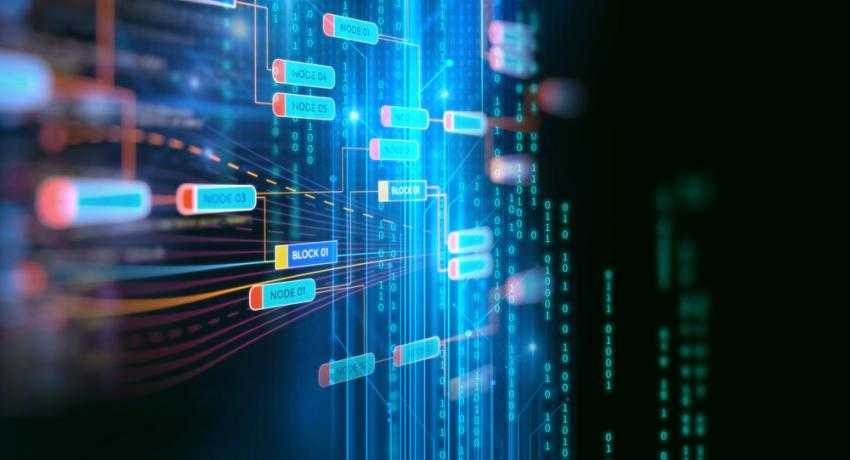Blockchain and Renewable Energy
Disruption is the new name of progress. This may sound ironic, but is the truth of the 21st century.
In fact, if your business is “disrupting” your industry, then your industry is progressing as a whole. This is more so in the field of power and energy, where “renewable” is rapidly becoming the only way to stay cool (pun intended) – well as long as you don’t do what the Germans did but that is another topic.
Combine renewable energy with “blockchain” – an emerging trend in the field of crypto technology – and suddenly the world has endless possibilities for advanced breakthroughs in energy efficiency.
The World Wakes up to a Renewable Energy Footprint
An increasing number of consumers and businesses are now taking cognizance of the way they use and replenish energy.
In fact, we have no choice but to wake up, as economists and ecologists alike declare that to truly transform the global economy and protect the planet from the dangers of climate change, we need to make clean energy the profitable energy.
Today, more than 20% of the global energy consumption is fulfilled by renewable sources of energy and when it comes more economical and versatile (gas is still the best fuel for cars) this number will increase. At least 30 countries actively encourage their people to use this form of energy, and at least two countries use only this kind to fuel the entire nation.
With a massive star not that far away, solar energy is irrational to ignore but doing what Germany (yes, mentioning them again) has did gives renewable energy a bad name.
Blockchain – The Game Changer Technology
Blockchain is a disruptive technology that was introduced in 2009. At it's core, a blockchain can be considered as a ledger that continuously records transactions.
This ledger is also:
- Public, as it is “recorded” on the Internet.
- Decentralized, as it is distributed across the Internet. This means that the ledger is replicated across multiple systems on the Internet.
- Simultaneously updated in all its systems, located across the globe, in near real-time.
In this blockchain ledger, all the systems and networks that hold the transactions are recorded. The innovative design of this system makes it almost impenetrable to hackers, as it has many entry points. In order to “hack” the system, every part of the system needs to be hacked, which is nearly impossible.
It is this technology that has made cryptocurrency a valuable yet secure reality. With blockchains, people no longer have the need for a centralized system – like a bank – to manage their financial transactions safely.
They can now feely interact and transact without the need for a middleman as each of their transaction is recorded and validated in the blockchain.
A Decentralized yet Cohesive Energy Footprint with Blockchain
Given what we now understand about the possibilities of blockchain, the renewable energy industry is upbeat about its prospects. Today, an increasing number of houses survive off the grid as they produce their own clean source of energy – be it from a solar panel, a wind turbine, or any other renewable source.
They can even “give back” any excess energy to the government (or a private energy organization), and get paid for it. That is awesome!
Now imagine if this concept of “giving back energy” was combined with the possibility of blockchain. Here is an example:
A person ‘A’ with a large renewable energy source (like a large solar panel) can make any extra energy available on the blockchain. (This energy availability is recorded as a transaction.)
Another person ‘B’ connected to the Internet becomes aware of this possibility, and records his own need for energy. He subsequently “buys” this energy made available from ‘A’ and records this on the blockchain.
Yes, energy has now been effectively shared from A to B, without the need for a middleman – aka the government or the private energy company that runs electricity to your home!
The Future of Blockchain-based Energy Distribution
As of now, the blockchain-based energy distribution technology has been implemented on a small scale, in select clusters where neighbors reside in close physical proximity to each other.
But as the use of blockchain technology and the renewable energy footprint grows, we might soon see a world where exchanging clean energy is as easy as exchanging phone numbers with your friend on the Internet – fun, cost-effective, global, and completely planet-friendly.
It could be the perfect energy distribution solution the world has been waiting for.




